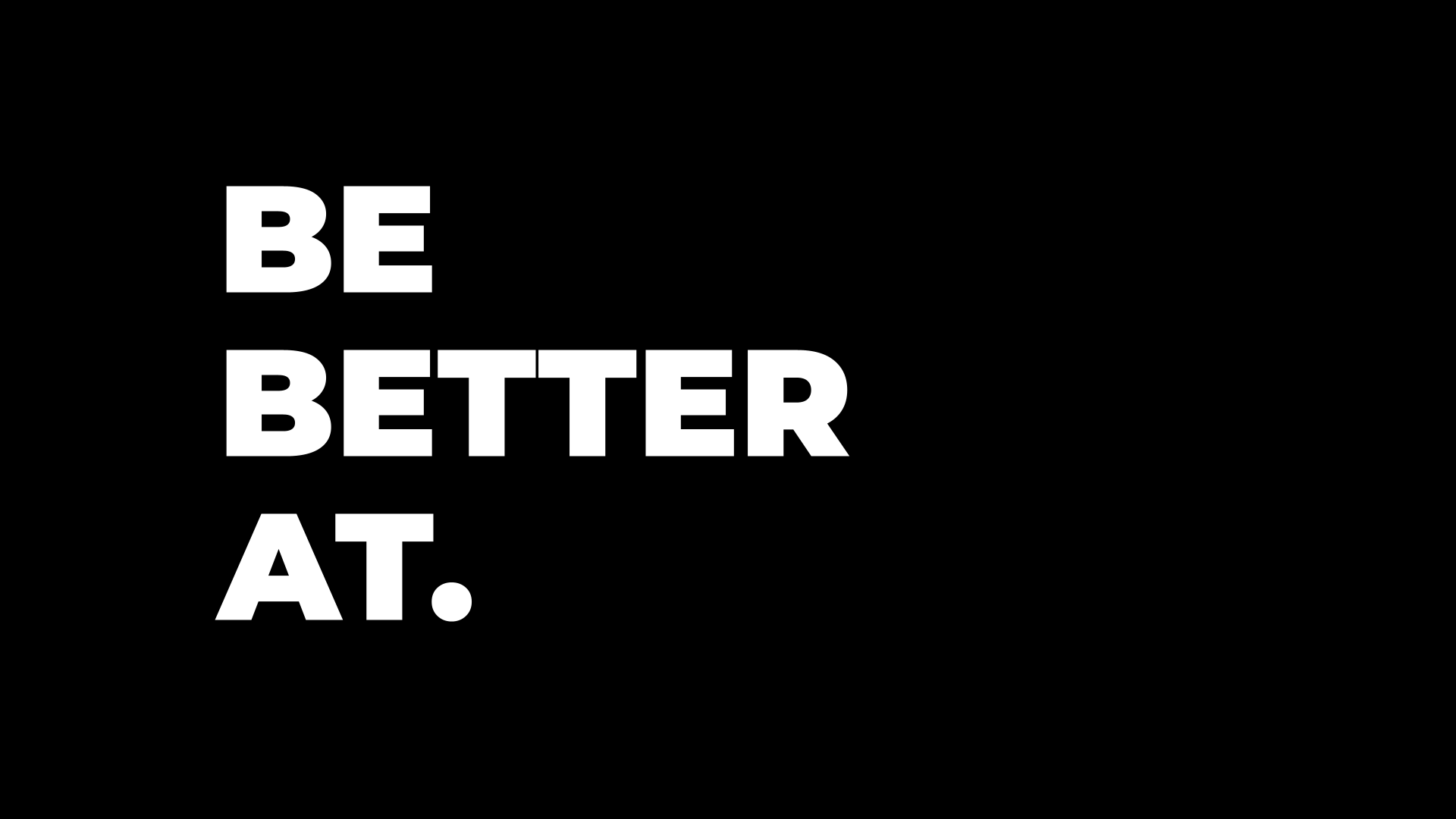
GTM teams trip over each other because of culture, not strategy. “Better At” is a mindset that can shift your team from competing for credit to actually getting better at working together. Be “Better At” curiosity, not control; showing up to contribute, not one-upping. If you’re leading a B2B team and you’re tired of the same old drama, this one’s for you.
We don’t need more clever acronyms or prompts; another playbook or dashboard.
We need braver marketers. People who care more about showing up and improving their tribe.
That’s what Tracy Borreson and I got into during her Crazy Stupid Marketing podcast.
We started with marketing. But the conversation kept pulling us deeper into mindset, culture, and how GTM teams can stop tripping over each other.
Our discussion built on what I shared earlier in this LinkedIn Pulse article and led to a thoughtful question:
What happens when we stop trying to be better THAN each other… and start getting better AT helping each other?
This idea started in a personal place. A strained conversation. A moment that reminded me we’re all just doing our best with what we’ve got.
And a quote from Epictetus.
“These reasonings do not cohere: I am richer than you, therefore I am better than you; I am more eloquent than you, therefore I am better than you. On the contrary these rather cohere: I am richer than you, therefore my possessions are greater than yours; I am more eloquent than you, therefore my speech is superior to yours. But you are neither possession nor speech.”
Epictetus, Enchiridion, Chapter 44
That stuck with me.
Being better at something doesn’t make you better than someone.
And if you’re better at something, what if you helped someone else become better at it too? What if they got better at it and showed someone else?
That’s the heart of it.
Better At is about think how we can improve others while improving ourselves.
We grow. We pay it forward. We do the work and learn together.
There’s an old joke that goes something like this:
How many marketers does it take to screw in a lightbulb? Just one. But all the others think they can do it better.
Every aspect of an organization is full of this kind of “better than” behavior, not just marketing.
We chase credit, one-up each other, and cover our asses by throwing each other under the bus.
We can’t help it. It’s systemic and it starts at an early age.
It kills effectiveness and alignment no matter how efficient or better we think our silos are.
0 Effectiveness X 5 Efficiency = 0
If cross-functional teams can’t co-create value, no amount of leadgen and demandgen will save them.
Better than creates friction. Better at creates connection.
Creating a culture of curiosity starts by changing what you reward.
Healthy competition is good. Sports is a good example.
But you can’t win the hearts and minds of your teammates by always competing with them or looking for the “easy button” to make yourself bigger than you are.
AI can help you be better at marketing. But only if it sharpens your thinking, not replaces it.
If your team’s output feels generic, the problem isn’t the tool. It’s the fear behind how it’s being used.
Be generous, empathetic, and useful. Ask better questions. You have to be the change you want to see. That’s how you get better at making better contributions.

If you lead a B2B tech company and this resonates, here are 3 things to consider:
You don’t need a re-org. You just need a shift in thinking.
When GTM teams work together, the impact shows up in shorter sales cycles, better conversion rates, and less wasted spend.
You don’t need to overhaul your GTM strategy overnight. But what if you started asking different questions?
Take these into your next leadership meeting:
Better At isn’t a tactic, a course, a playbook. It’s a mindset.
So… where are you trying to be better than, when you could be better at?
Let’s talk about it.
If you like this content, here are some more ways I can help:
Cheers!
This article is AC-A and published on LinkedIn. Join the conversation!